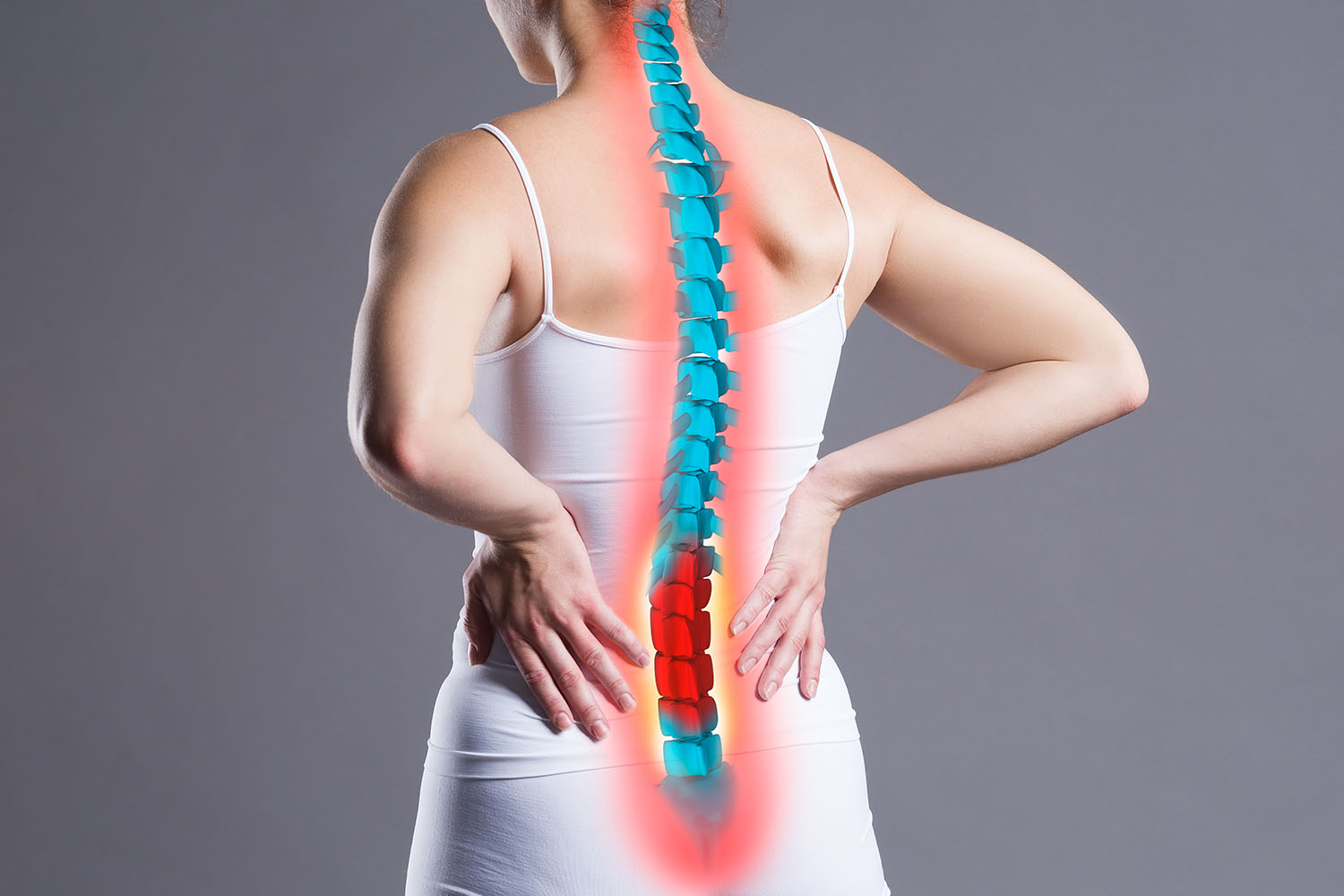Overview
Sciatica, a common condition characterized by pain along the sciatic nerve, affects millions of individuals worldwide. While conservative treatments like physical therapy and medication can provide relief for some, others may require medical procedures to alleviate symptoms and improve their quality of life. In this blog, we’ll explore the international landscape of sciatica medical procedures, backed by facts, research, and advancements from around the world.
 Understanding Sciatica:
Understanding Sciatica:
Sciatica refers to pain that radiates along the path of the sciatic nerve, which branches from the lower back through the hips and down each leg. It is often caused by compression or irritation of the nerve roots in the lumbar spine, leading to symptoms such as sharp pain, numbness, tingling, and weakness in the affected leg.
Global Facts and Research:
- Sciatica is a prevalent condition worldwide, affecting people of all ages and backgrounds. According to the World Health Organization (WHO), it is estimated that up to 40% of individuals will experience sciatica at some point in their lives.
- International research has identified various risk factors for sciatica, including age, occupation, lifestyle habits, and underlying spinal conditions such as herniated discs and spinal stenosis.
- Studies conducted in different countries have shown that medical procedures can be effective in relieving sciatic pain and improving functional outcomes for patients who do not respond to conservative treatments.
- Advances in medical technology and surgical techniques have led to the development of minimally invasive procedures for treating sciatica, offering patients shorter recovery times, reduced postoperative pain, and improved long-term outcomes.
- International collaborations among healthcare professionals and researchers have facilitated the exchange of knowledge and best practices in the diagnosis and management of sciatica, leading to improved patient care and outcomes worldwide.
Sciatica Medical Procedures:
Epidural Steroid Injections (ESIs):
Epidural steroid injections are commonly used to reduce inflammation and alleviate pain associated with sciatica. This procedure involves injecting a corticosteroid medication into the epidural space around the spinal nerves, providing targeted relief to the affected area.
Lumbar Decompression Surgery:
Lumbar decompression surgery may be recommended for severe cases of sciatica caused by spinal stenosis or herniated discs. This procedure aims to relieve pressure on the compressed nerve roots by removing portions of bone or disc material that are causing impingement.
Microdiscectomy:
Microdiscectomy is a minimally invasive surgical procedure used to treat sciatica caused by a herniated lumbar disc. It involves removing the portion of the disc that is pressing on the nerve root, thereby relieving pain and restoring nerve function.
Percutaneous Endoscopic Lumbar Discectomy (PELD):
PELD is a minimally invasive procedure used to treat sciatica caused by lumbar disc herniation. It involves inserting a thin endoscope through a small incision in the back and using specialized instruments to remove the herniated disc material, decompressing the affected nerve root.
Sciatica medical procedures offer hope and relief for individuals suffering from debilitating pain and discomfort. With advancements in technology and international collaboration among healthcare professionals, patients worldwide have access to a range of effective treatment options to alleviate sciatic symptoms and improve their quality of life. It’s essential for individuals experiencing sciatica to consult with a qualified healthcare provider to determine the most appropriate medical procedure based on their unique condition and needs.


